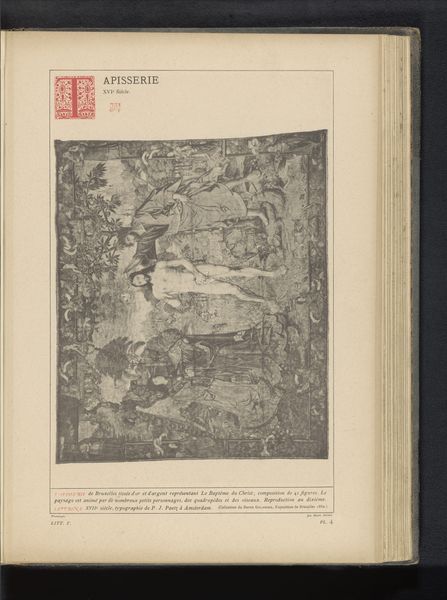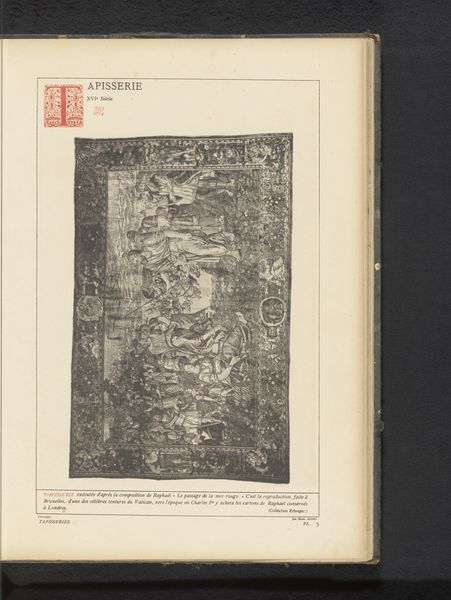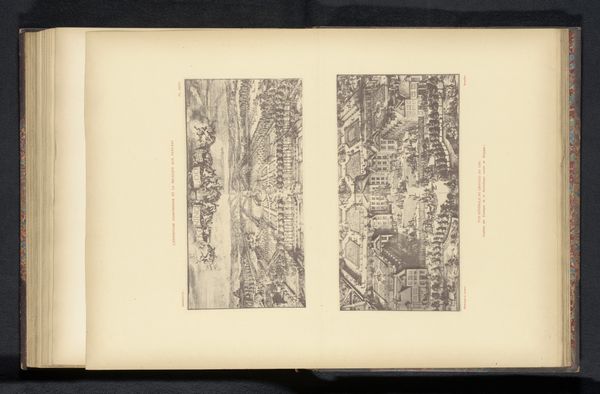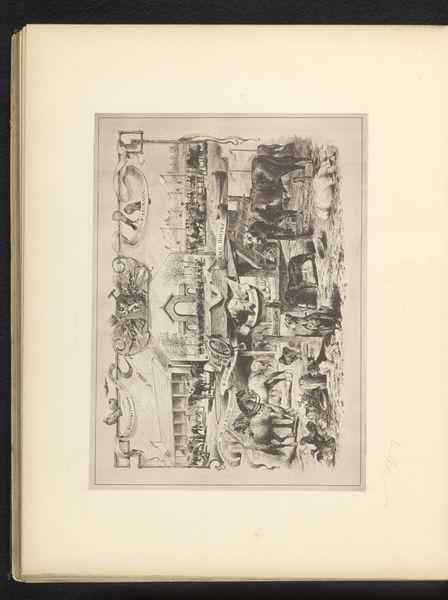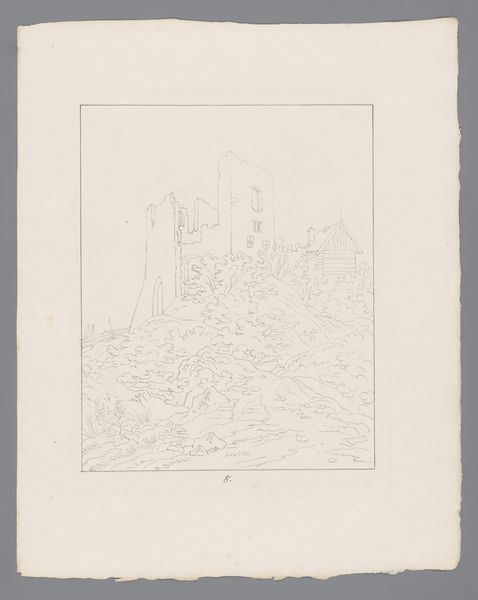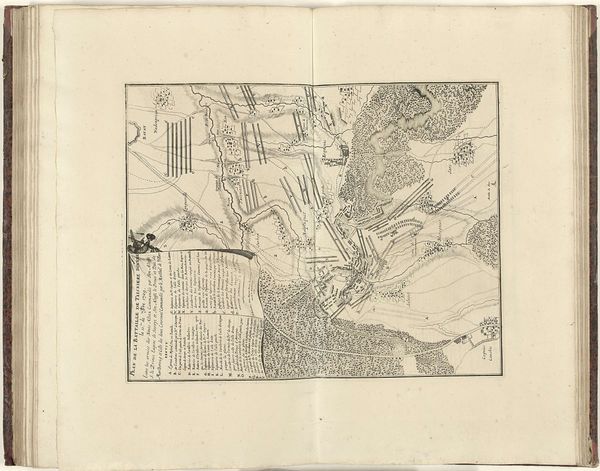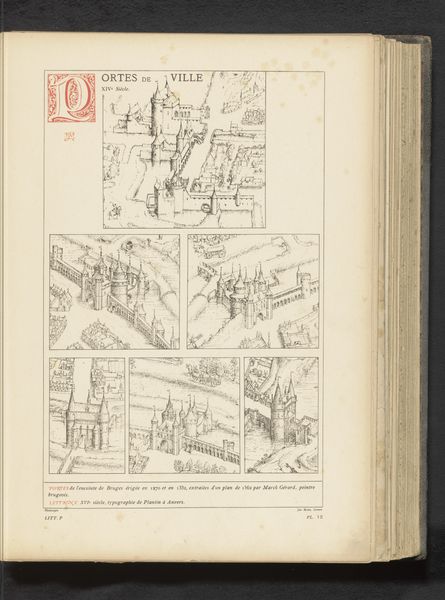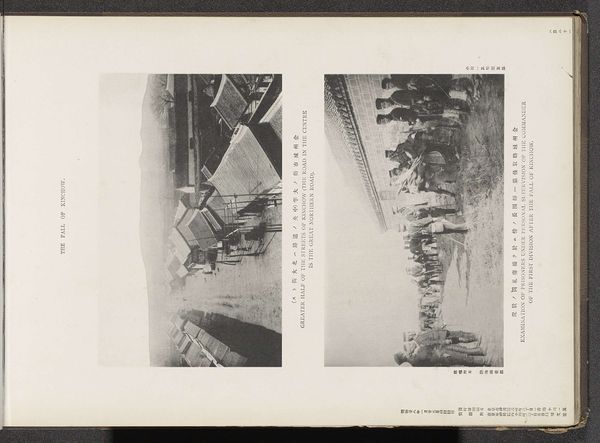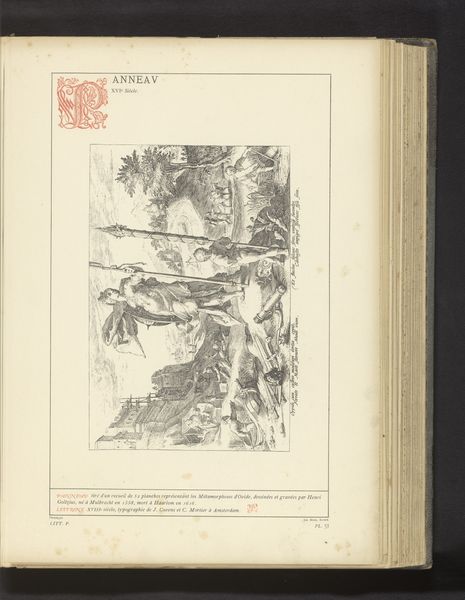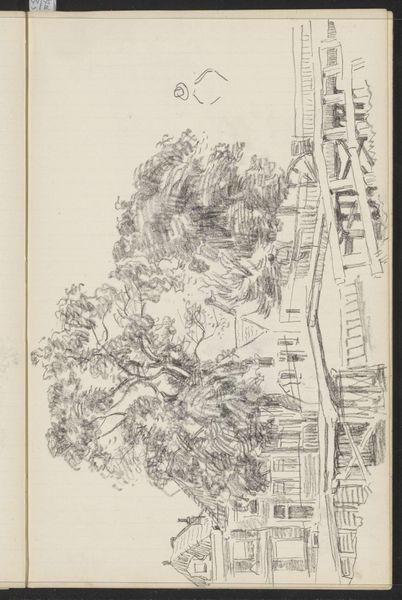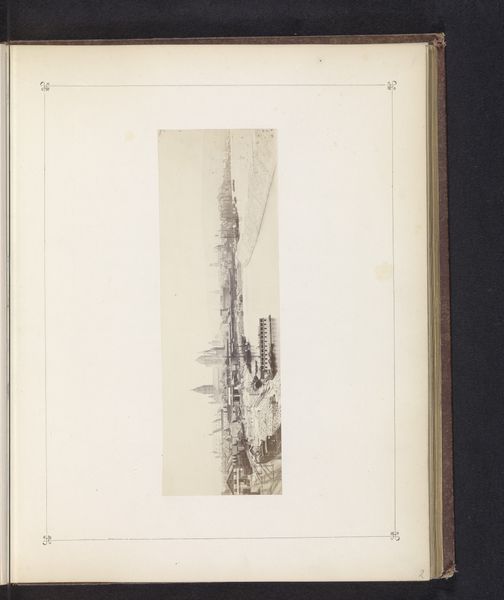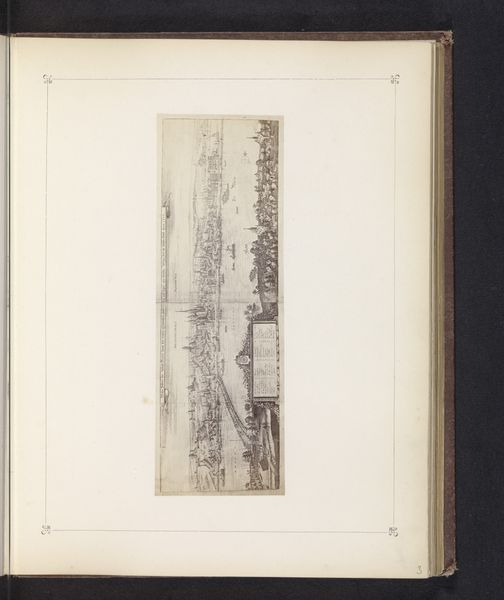
Reproductie van een prent van spelende kinderen in Nederland door Pauli before 1880
0:00
0:00
drawing, print, paper, ink, pen, engraving
#
drawing
# print
#
landscape
#
paper
#
ink
#
pen-ink sketch
#
pen
#
cityscape
#
genre-painting
#
engraving
Dimensions: height 231 mm, width 279 mm
Copyright: Rijks Museum: Open Domain
Editor: This is a reproduction of a print dating from before 1880 by Pauli. It’s called ‘Playing Children in the Netherlands.’ The detailed use of pen and ink on paper, forming this little cityscape is fascinating. I can’t help wondering: what’s its significance as an image of Dutch life, at that time? Curator: That’s a great starting point. Think about how genre scenes – images of everyday life – functioned in the 19th century. Prints like these made images accessible to a wider public. Before photography became commonplace, this was how people visualized other places, cultures and social classes. Do you notice anything about which children are included, and how? Editor: I see kids playing, but they seem kind of... idealized, perhaps? Is there a kind of social commentary encoded in the portrayal? Curator: Precisely! Consider how the image participates in a certain national identity. “Netherlands” becomes shorthand for a type of orderly, happy, and industrious society—through its children. Also, who is consuming these images? Prints were commodities that travelled – they spoke not only to local audiences, but constructed a visual representation for others. What’s presented and omitted becomes very important. Editor: So, the print is not just showing a scene, it's performing a cultural function? It’s almost propaganda! Curator: In a sense, yes. Visual culture played a major role in defining nations and cultures, especially as increased production and consumption expanded the reach of these images. We can read the seemingly innocent depiction of children's games to get a sense of this cultural agenda. Editor: It’s amazing how a simple-seeming image holds so many layers of meaning about how people saw themselves and how they wanted to be seen! Thanks for the insight. Curator: My pleasure. It's through interrogating these images that we unlock a richer understanding of our past, and ourselves.
Comments
No comments
Be the first to comment and join the conversation on the ultimate creative platform.
